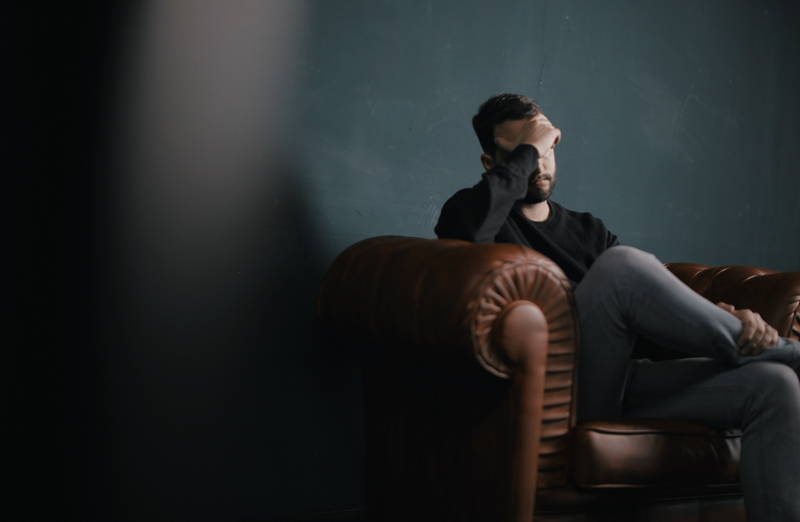W
hen you experience anxiety, your body goes into a state of heightened arousal, which can cause muscle tension. This tension can further increase anxiety, creating a vicious cycle. Progressive muscle relaxation (PMR) is a relaxation technique that interrupts this cycle and promotes relaxation.
PMR involves tensing and relaxing each muscle group in your body. It is based on the idea that tension and anxiety can cause physical tension in your muscles. By systematically tensing and relaxing your muscles, you can reduce physical tension and promote relaxation.
During PMR, you are instructed to tense and then release each muscle group in your body, one at a time. When you tense your muscles, you create a state of tension that is followed by relaxation. This tension-relaxation cycle helps to reduce the overall level of tension in your body, which can help to reduce anxiety.
Additionally, PMR can help to increase body awareness, which can be useful in managing anxiety. By focusing on each muscle group and the sensation of tension and relaxation, you become more aware of the physical sensations in your body. This increased awareness can help you to identify areas of tension and stress and develop strategies for managing them.
PMR can be done alone or with the guidance of a therapist or mental health professional. It can be helpful to practice PMR regularly, such as once or twice a day, to see the benefits. With practice, PMR can become a useful tool for managing anxiety and promoting relaxation.
Let’s Practice
To practice PMR, find a comfortable and quiet place to sit or lie down where you will not be disturbed. You can perform PMR in a variety of positions, such as sitting in a chair, lying on a bed, or reclining on a mat. Take a few deep breaths and focus on your breath as you exhale slowly. Close your eyes or keep them open and gaze downward.
Begin by tensing the muscles in your feet by curling your toes downward as hard as you can. Hold the tension for 5-10 seconds, feeling the muscles tighten and strain. Release the tension suddenly and let your feet go limp. Take a deep breath and focus on the sensation of relaxation in your feet.
Next, move to your calves and tense the muscles in your lower legs by pointing your toes upward. Hold the tension for 5-10 seconds and then release it suddenly. Take a deep breath and focus on the sensation of relaxation in your calves. Move upward to your thighs and tense the muscles in your upper legs by pressing your heels down into the ground or mat. Hold the tension for 5-10 seconds and then release it suddenly. Take a deep breath and focus on the sensation of relaxation in your thighs.
Continue moving upward through your body, tensing and relaxing each muscle group for 5-10 seconds. For example, you can tense your buttocks by squeezing them tightly, your stomach by sucking it in, your chest by taking a deep breath and holding it, your shoulders by raising them up to your ears, your arms by making fists, your hands by squeezing them tightly, your neck by tilting your head back, and your face by scrunching up your facial muscles.
As you tense each muscle group, focus on the sensation of the tension and try to make it as strong as possible. Then, release the tension suddenly and focus on the sensation of relaxation in that muscle group. Take deep breaths throughout the exercise and allow yourself to fully relax. Once you have tensed and relaxed all the muscle groups in your body, take a few deep breaths and remain in a relaxed state for a few minutes.
Remember, PMR is a technique that requires practice to be effective. Start by doing PMR for 10-15 minutes a day and gradually increase the time as you become more comfortable with the technique. With regular practice, PMR can help to reduce physical tension, promote relaxation, and manage anxiety. Give it a try and see if it works for you!



